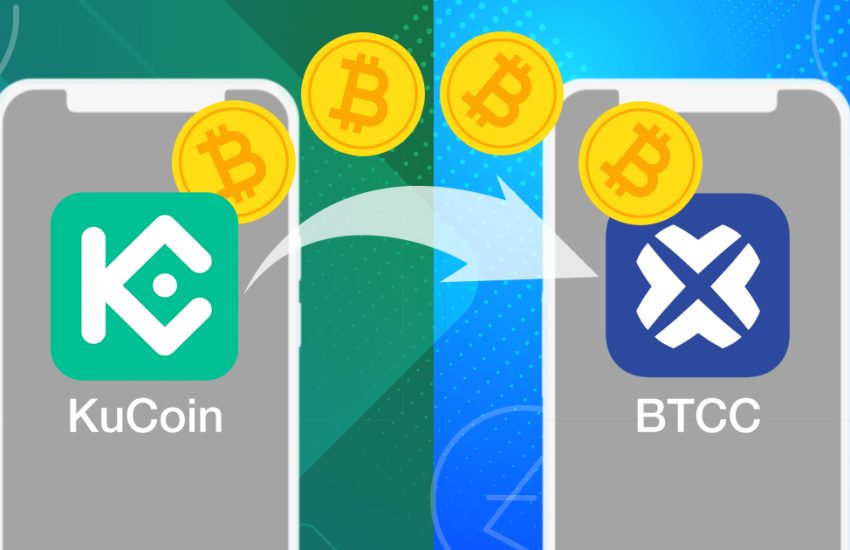Monday Breaking News: HSBC, Wells Fargo to Use Blockchain for Forex Settlement
Last edited: Dec 14, 2021
HSBC and Wells Fargo, two of the largest international banks around the world, have agreed upon adopting a blockchain-based solution to settle various foreign exchange (forex) transactions.
In a press release, the two banks announced that for now, the blockchain solution will be used for US Dollar, Canadian Dollar, and Euro-related transactions, with plans to include more currencies on this blockchain platform in the future.
According to the press release, adopting the blockchain platform will enable “both parties to utilize Payment-vs-Payment (PvP) settlement netting in an efficient manner, which will reduce settlement risks and associated costs of processing FX transactions.”
This is a significant development in the FX market, according to Arjun Jayaram, the CEO and Founder of Baton Systems, whose company is responsible for the development and governance of this blockchain-based FX settlement platform.
“This development is hugely significant for the entire FX market, as it offers firms the opportunity to really address settlement risk – arguably the most critical control issue impacting post-trade today.”
This new settlement system will build upon HSBC’s FX everywhere platform, which since its inception in 2018 had already processed more than $2.5 trillion worth of FX transactions.
This is one of many ways blockchain technology has disrupted the financial services industry. The fact that blockchain provides the utmost security and transparency to all parties participating in the network makes it an ideal choice for various aspects of financial services, such as settlement, cross-border payments, trading, etc.
It is definitely a positive sentiment for the crypto market that more traditional companies are adopting blockchain technology to solve existing problems, as this brings more media coverage to crypto, and increases the use cases/userbase of cryptocurrency in general.
However, most coins are still slightly down over the last 24 hours, as evident by the BTC price chart below.
BTC price chart over the past 24 hours (15 minute intervals)


